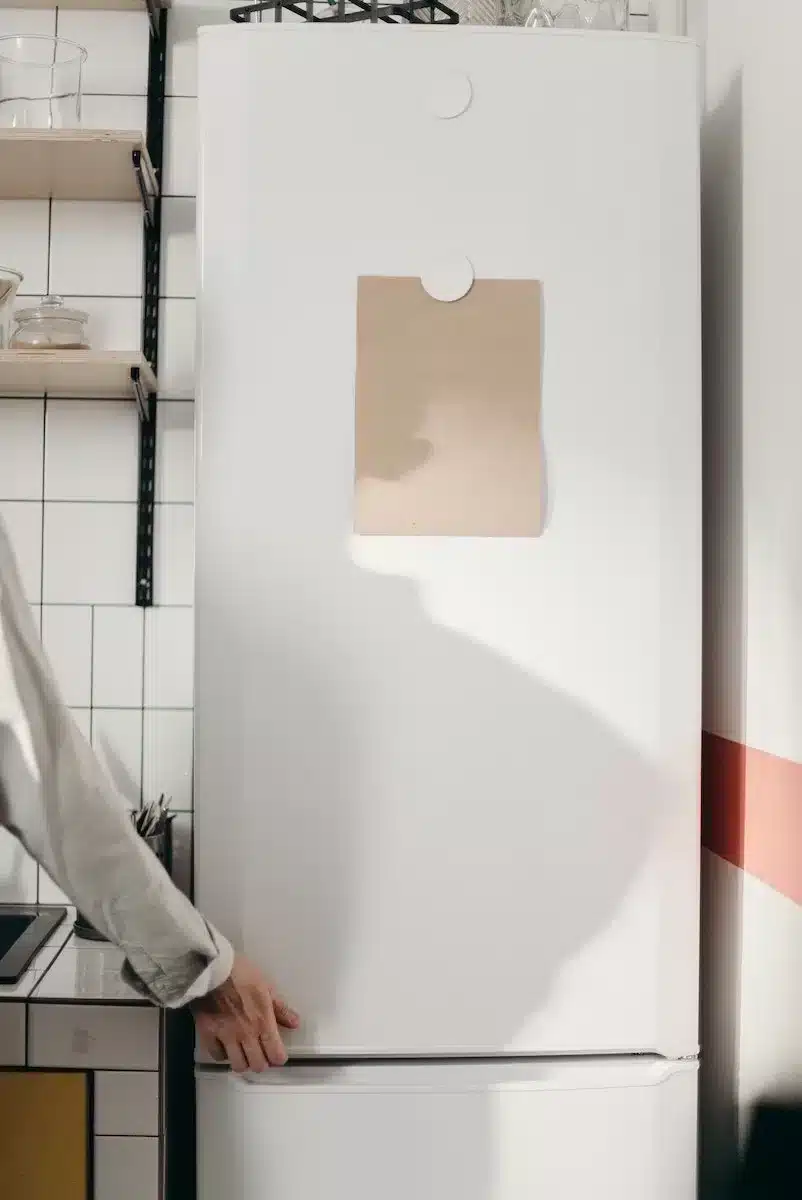
If you are moving or transporting a refrigerator, you may wonder if you can lay it on its back to save space or make it easier to handle. However, this is not a good idea for several reasons. In this post, we will explain why laying a refrigerator on its back can cause problems and how to avoid them. We will also answer some common questions about moving a refrigerator safely and correctly.
Laying a refrigerator on its back can damage the compressor, condenser coil, coolant tube, and other components of the cooling system. It can also cause oil leakage, clogging, misalignment, and noise issues. Therefore, it is best to keep a refrigerator upright or slightly tilted during transport.
A refrigerator has a complex cooling system that relies on the proper functioning of its components. The main component is the compressor, which pumps the refrigerant gas through the condenser coil and the evaporator coil. The refrigerant gas absorbs heat from the inside of the fridge and releases it to the outside. The compressor also has oil that lubricates and cools it.
When you lay a refrigerator on its back, you risk damaging these components in several ways:
These damages can be costly to repair or replace, and they can also void your warranty if you have one.
The best way to move a refrigerator is to keep it upright or slightly tilted during transport. This will prevent oil leakage, clogging, misalignment, and noise issues. Here are some tips on how to move a refrigerator safely and correctly:
Here are some frequently asked questions about moving a refrigerator and their answers:
No, you should not lay your refrigerator on its side for any reason. This can cause even more damage than laying it on its back. Some models of refrigerators should never be laid on their side at all, such as French door, bottom freezer, compact, and built-in refrigerators.
You should not lay your refrigerator on its back for more than a few minutes. If you have no other choice but to lay your refrigerator on its back during transport, make sure you do it for as short as possible and follow the tips above to minimize damage.
The compressor line is usually located at the back of the refrigerator near the bottom. It is a metal tube that connects the compressor to the condenser coil. You can identify it by looking for a sticker or label that says “Do Not Lay This Side Down” or something similar.

Laying a refrigerator on its back can cause serious damage to its cooling system and performance. It can also create safety and environmental hazards due to oil leakage and clogging. Therefore, it is best to avoid laying a refrigerator on its back or side and keep it upright or slightly tilted during transport. By following the tips and advice in this post, you can move your refrigerator safely and correctly and enjoy its cooling benefits for years to come.
